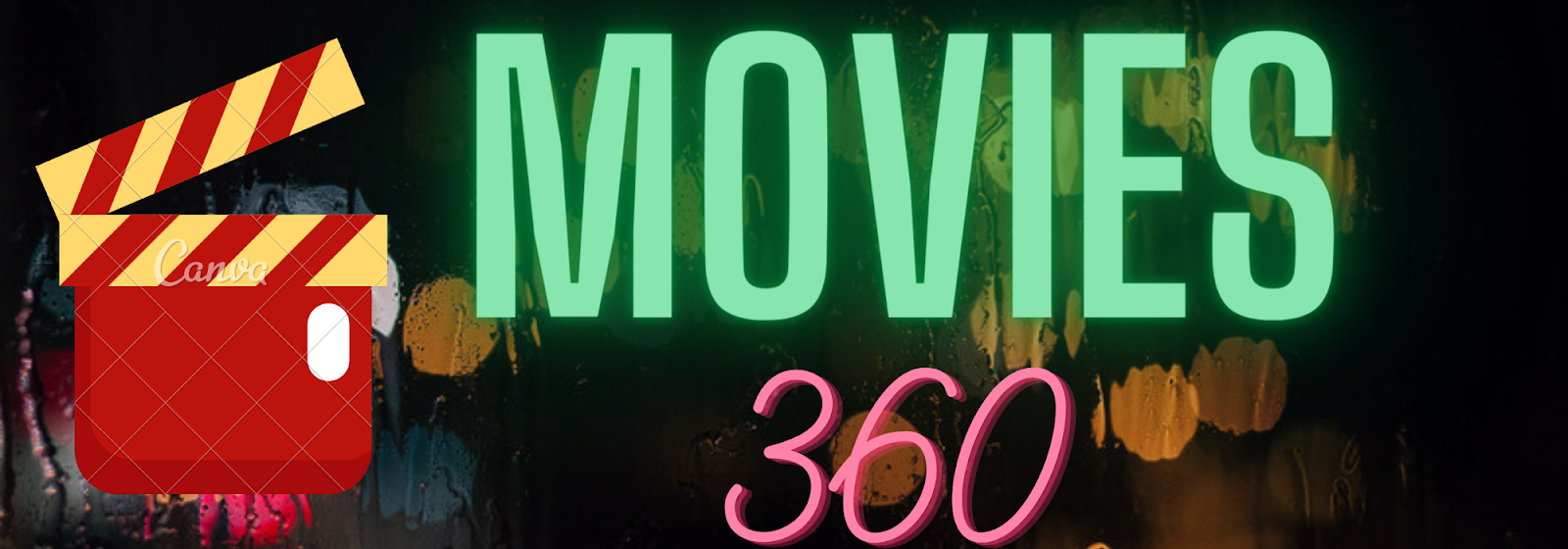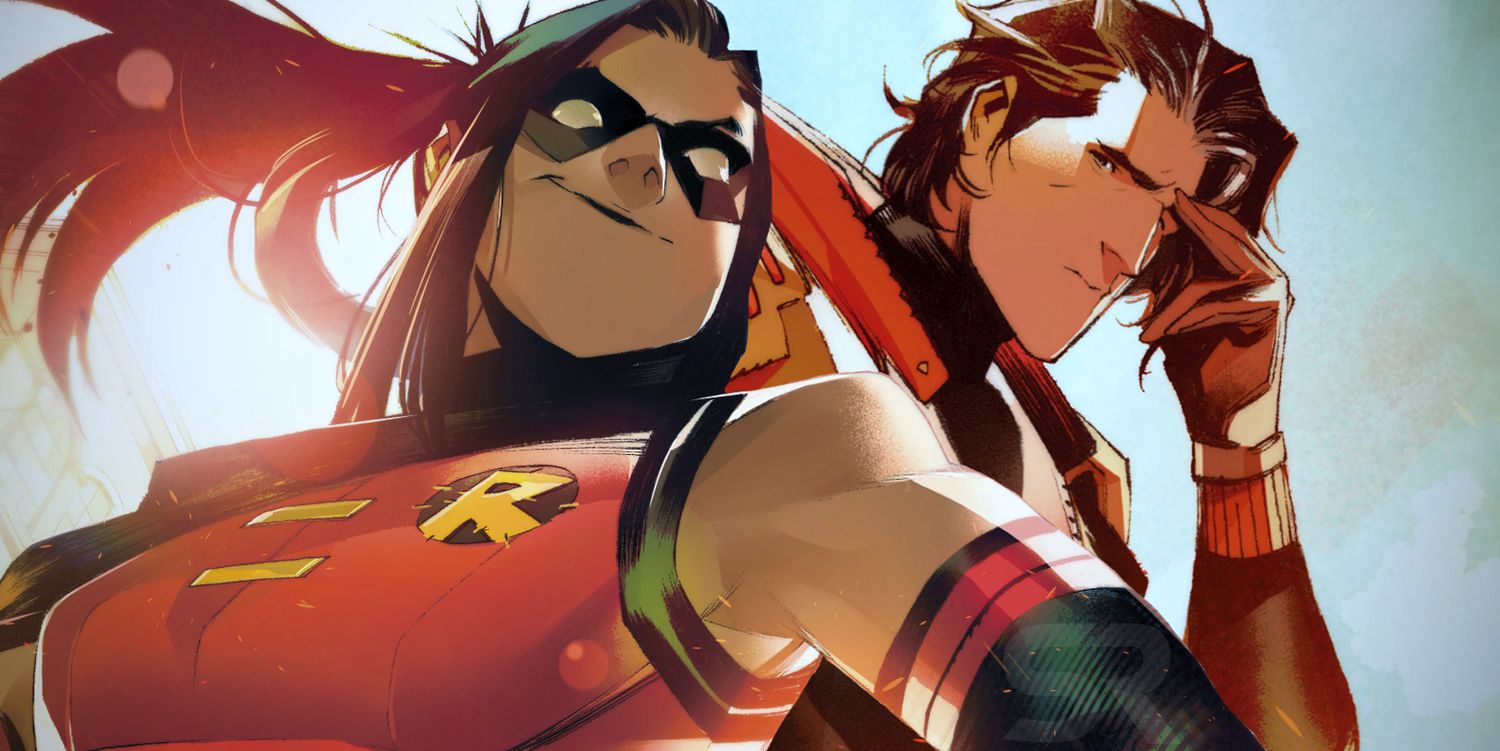
The groundbreaking and acclaimed world of Batman: White Knight has jumped into the future, entering the world of Neo-Gotham to put a new spin on a fan-favorite with Batman: Beyond the White Knight. But even if the new bond between an aging Bruce Wayne and Terry McGinnis is taking the spotlight, the White Knight version of Jason Todd is demanding a story all his own... on its way in the two-part Batman White Knight Presents: Red Hood. coming July 26th.
The version of Jason Todd introduced in White Knight by writer/artist Sean Murphy isn't an exact match for the version most fans know. After being tortured by Joker and giving up Batman's true identity, Jason was only presumed dead. And while Jason Todd has now returned to settle that history with Bruce in Beyond, Murphy was well aware that the missing years of this Red Hood's life. A new mission in Batman's shadow, a new Robin trained by Jason Todd, and a new spin on another Batman Beyond villain are all on the way, so Screen Rant spoke with co-writers Murphy and Clay McCormack to get a preview of the story to come.
Screen Rant: I'll start by by saying that Sean has been careful about taking all of the credit for the ideas in his White Knight universe, and now I feel like I know part of the reason why. When did your collaboration on this project start? Not just as explicit co-writers, but as friends in real life?
Clay McCormack: My memory of it is that I think it started back before Sean had started Volume One. He had gotten the job. He was telling me about what he was planning, what he was going to do. And I think I got the job because he asked me to look at his Batman design and asked me my thoughts about the giant boots he was wearing. I said, "Well, nobody's gonna see his legs anyway. So it's fine." And apparently that was good enough. So he started running some scripts by me, and I got to talk to him about things and brainstorm with him. It's been a lot of fun.
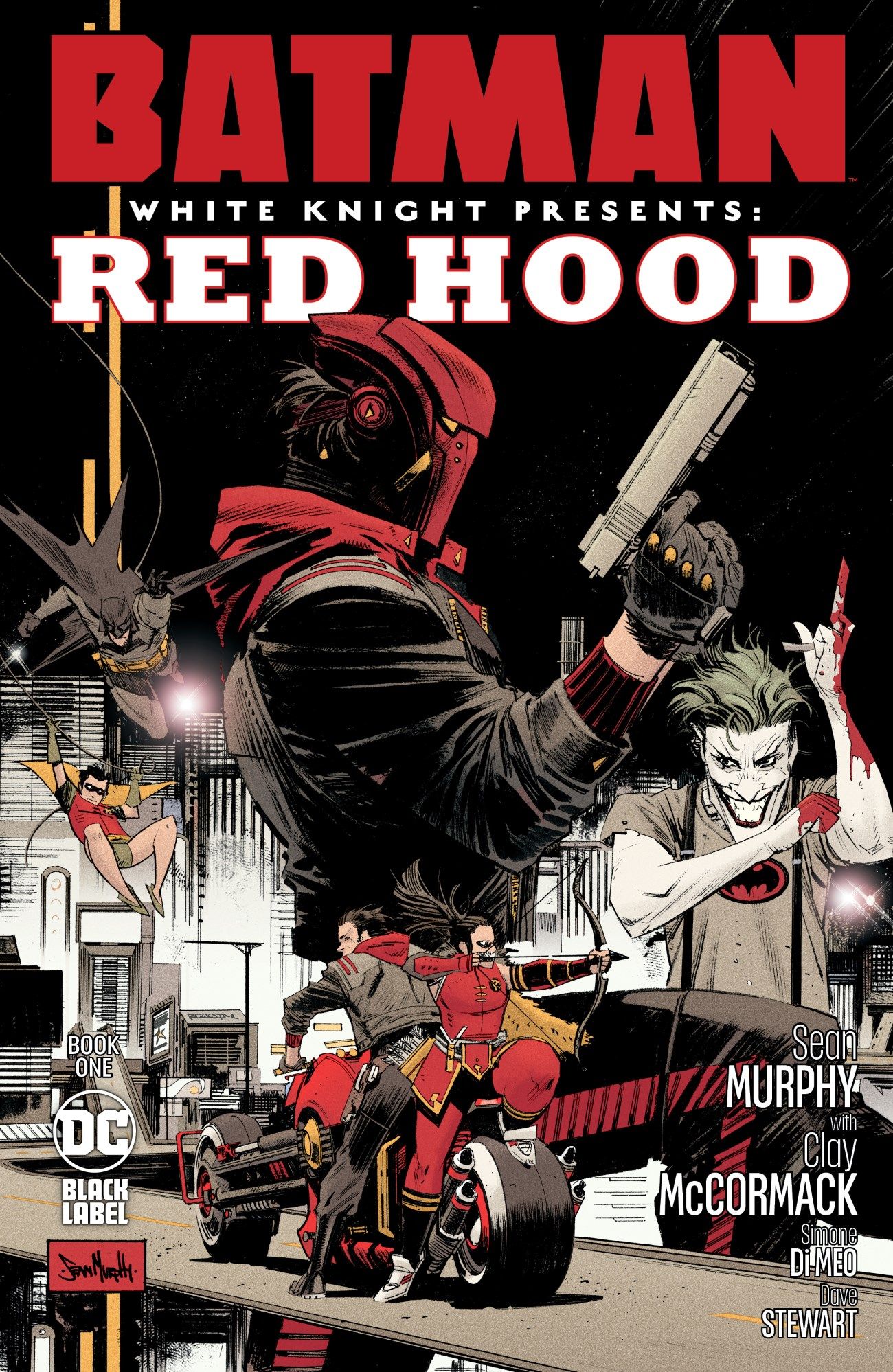
Sean Murphy: Yeah Clay is my target audience, he's like my my ideal customer. So people that are into comics, but really into movies, and TV shows, and all that stuff. I don't know if Clay's the biggest fanboy I've ever met, he's still pretty grounded. But I just sort of imagined Clay as my audience. And as I moved more into Batman, I started showing him more scripts, and then I realized he could actually help move me forward more quickly--because it was taking me a while to get notes back from certain people. So I started to include Clay more and more, because he could turn things around quickly, and I could start getting to work.
Then I was always pushing for him to have some kind of credit, which, you know, legally was tricky. It kind of ended in me calling him and saying, "Look, what about you doing a book?" He really wanted to do either a character he created called the Brand Manager--
CM: Don't put that all on me. It's a character we created.
SM: That's true [laughs]. He wanted to do either that or Catwoman. But I still don't know what to do with Catwoman, that might be something that I want to do. But I figured Red Hood was something that neither of us were too precious about. And it's worked out well. This is the opportunity to bring him in and finally give him credit.
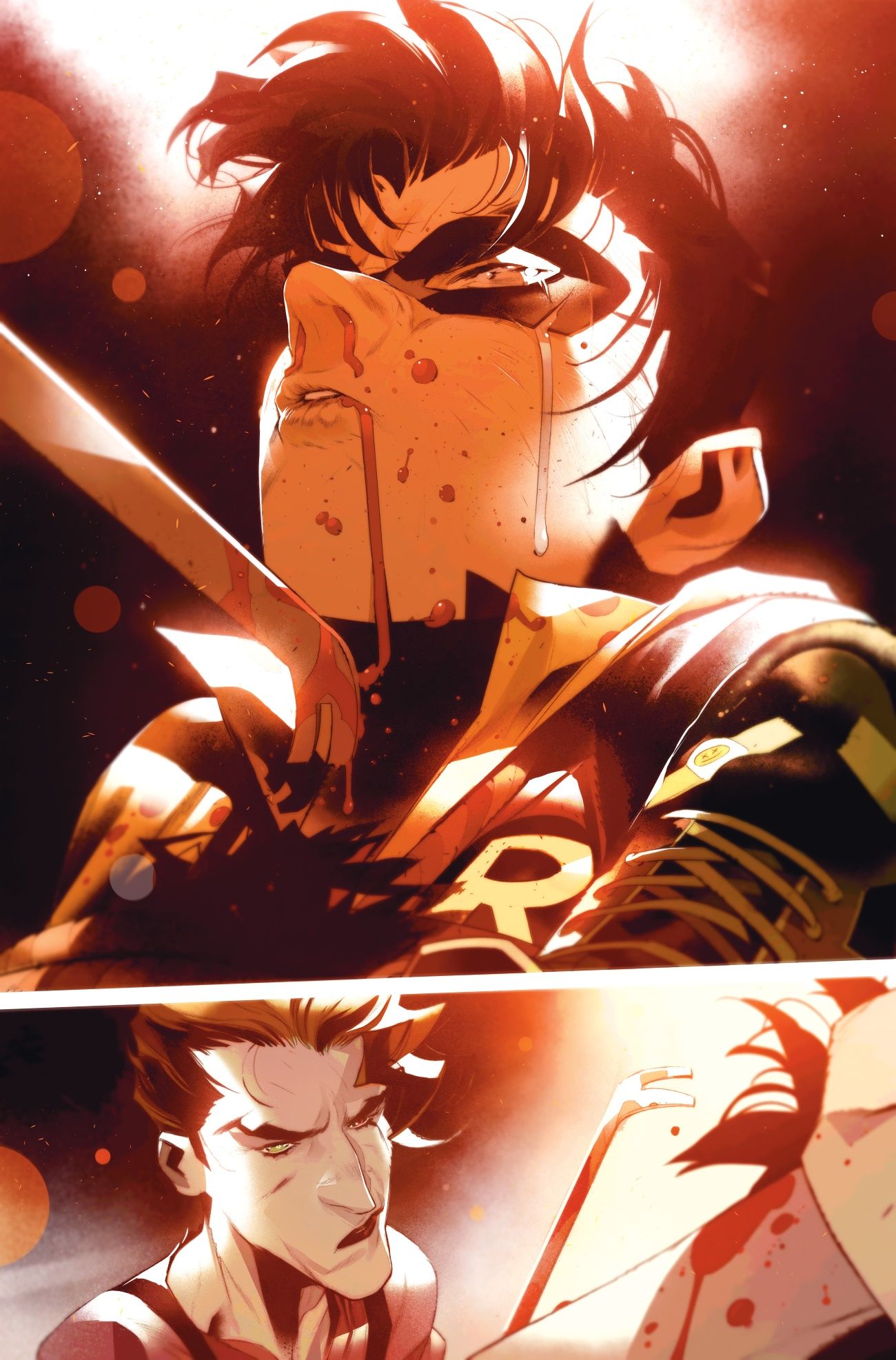
SR: Can we get a short teaser of the Brand Manager?
Clay McCormack: The Brand Manager started as a joke from our podcast, The BATASS Podcast. He's the guy that all of the villains go to to get their character outfit packages, and hire all their goons. The secret is that he actually he owns all the buildings that they use for hideouts. So every time they get destroyed, he files an insurance claim. So he's got an above-board and below-board business that he's running in Gotham City.
SM: He's actually one of the most effective criminals in Gotham, but Batman can't get him. Because all the businesses are a cash business. He's not enabling these criminals, it's not illegal to sell someone something that they're going to use to commit a crime. He's really slick. He's got plausible deniability. He's constantly getting new merchandise by buying up old theaters, ice cream parlors, performance art centers, anything with kooky costumes. Then when you're a criminal and you come to him, you want to set up, have people tell you what you should do, what your name should be, what kind of deal he can give you. It's kind of the thing that pops up on our podcast all the time.
CM: The big, genius move on his part is that he actually owns the trademark to the Bat symbol. Because Bruce Wayne never filed it. Because if you filed the trademark, then it would obviously tell who Batman is. So he filed the trademark. Everything with Batman on it has to be licensed through him.
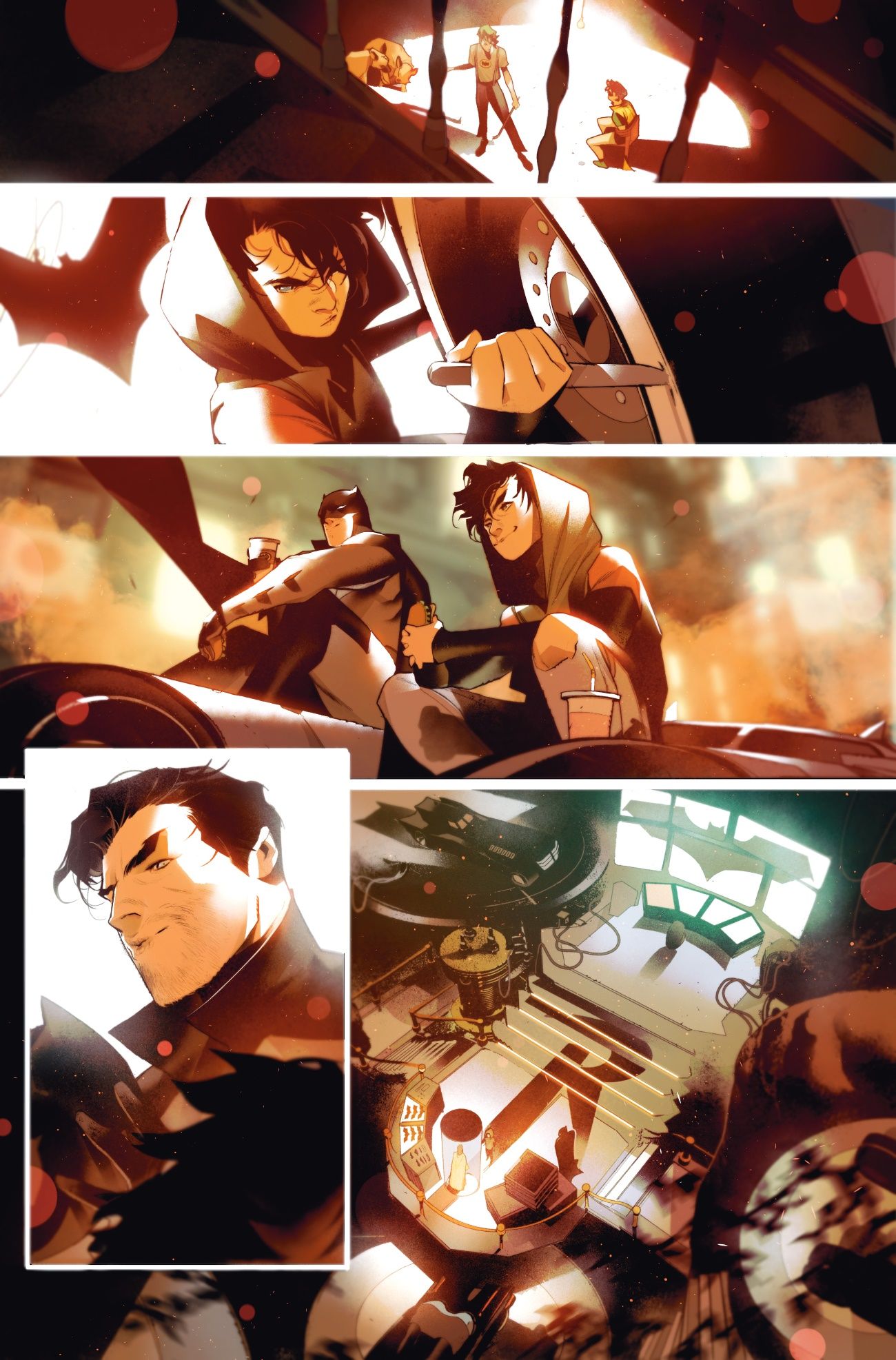
SR: You're probably right that the world isn't ready for him. But to be clear, this Red Hood we're meeting is technically a different Jason than even White Knight fans have met already. This is between the Robin seen in the first White Knight series, and the Jason who seems to bury the hatchet with Bruce at the start of Beyond The White Knight.
CM: Yeah, I would say this is this is for all intents and purposes, the missing chapter. Because up to this point, as you said, we've gotten glimpses of what happened to him when he was still Robin, and we've gotten to see him as an adult. But what happened in those... however many years in between? What brought him from being on the brink of death in the Joker's basement to being a prison guard, and getting the chance to meet with Bruce? Or how has he worked through his stuff with Bruce that he can get to a point where they can have some sort of... I wouldn't say it's a full reconciliation at this point. But he's definitely working on it. And the story that we're telling in the Red Hood book is sort of what sends him on the path towards that.
SR: What he's being sent towards is becoming more like Bruce Wayne than he would ever have wanted to be. The problem child, the Prodigal Son, retracing Bruce's steps. How does that fit into a Jason's arc in this new timeline for him?
CM: Jason's got a Batman sized chip on his shoulder, I would say. And he's also very stubborn. So the road that pushes him down in this book is one where he thinks he knows everything that Bruce did wrong. So he is going to try and craft this new Robin character, 'the right way.' He learns that it's not as easy as he thinks it is, and maybe he doesn't know everything. And maybe, maybe, he should give Bruce a little bit cut them a little bit slack.
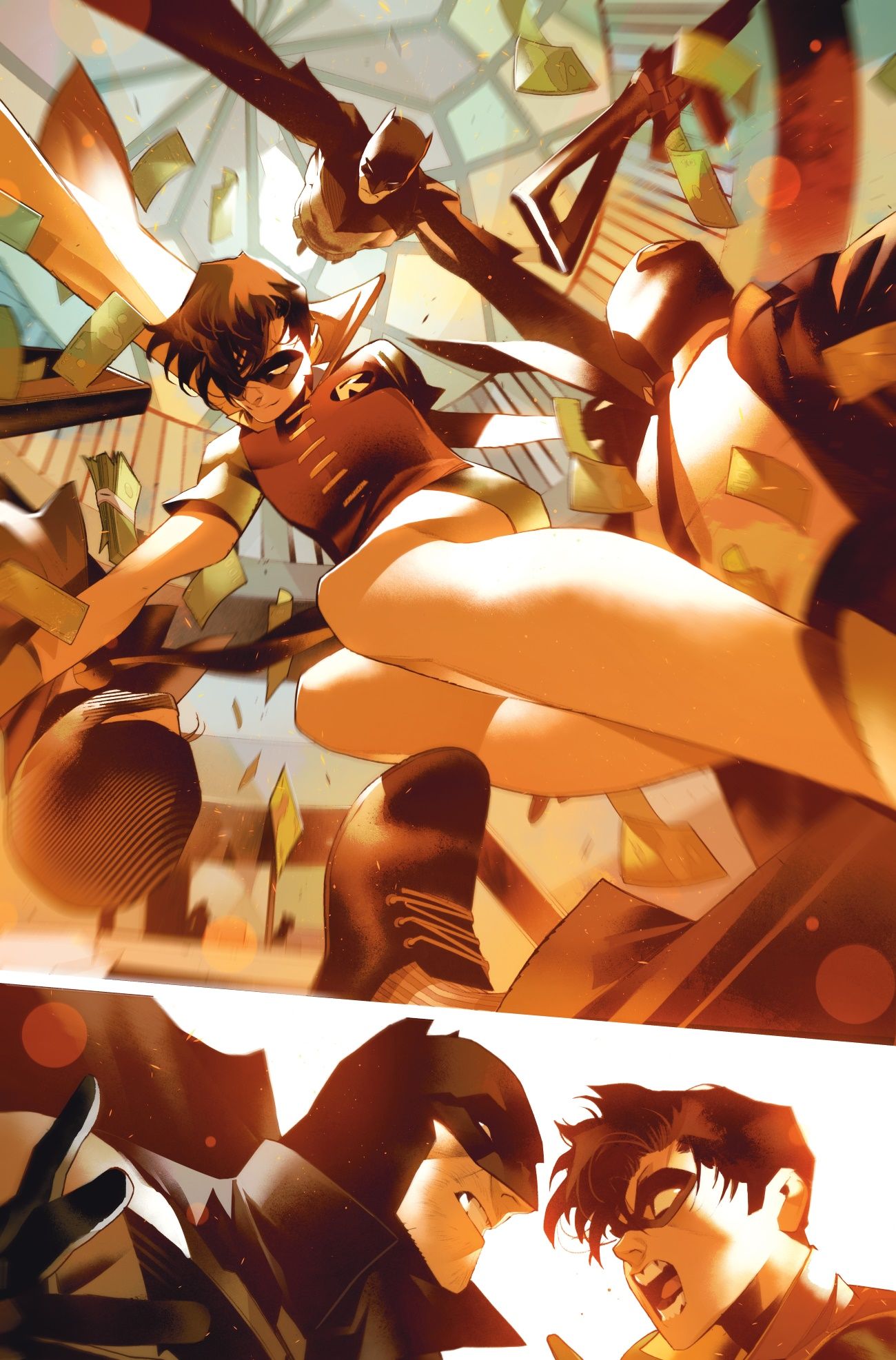
SM: I think the clincher was when I was talking with Clay about this, and we settled on, "What if Jason was like Johnny Lawrence from Cobra Kai?" Where he was sort of a sad sack, kind of a bruiser. He still knows how to fight, and brawl, but he doesn't believe in himself, and carries around a lot of guilt. Then he meets this young person who gives his life new purpose. And, you know, he goes into it for somewhat selfish reasons. But as he trains her, he starts to really like her, and appreciate who she is. Sort of take her in as a daughter figure, in a way.
Even though Jason's always been 'the angry Robin,' we have him evolve into the Robin that is able to get over it by empathizing with Bruce. By taking on his own Robin, by taking on Gan, this Mongolian immigrant that he finds in Gotham. He's able to sort of see things in Bruce's perspective, and move beyond the angry part of it.
SR: I was a massive fan of the Red Hood and The Outlaws 'Rebirth' series (by Scott Lobdell and Dexter Soy). Because even if Jason is a character everyone knows, I feel like if you asked people to describe him, the answers can be very thin. Was that part of the drive in fleshing out a story for him?
CM: For me, Jason was probably one of the Robins I knew the least about before we started. Obviously I knew Red Hood, and I knew the bigger bullet points, but I don't know if I had ever actually read much Red Hood content. I just knew him as the angry Robin who ended up getting killed. I went back and I read all of Red Hood and The Outlaws, a couple of the Judd Winick books, Under the Red Hood, all that kind of stuff. And he kind of popped out as this really interesting character to me where as much as Nightwing tries to pretend that he's breaking out of Bruce's shadow, he really doesn't. He's still Nightwing, he still hangs out with all the Bat-kids, and Batman stuff. Jason is the one who's really had to forge his own path. Finding that sweet spot of, who is this guy, how do you figure out after you've been sort of jettisoned, for lack of a better term, from the Batman world, how do you exist in real life after that? That was interesting to me with him.
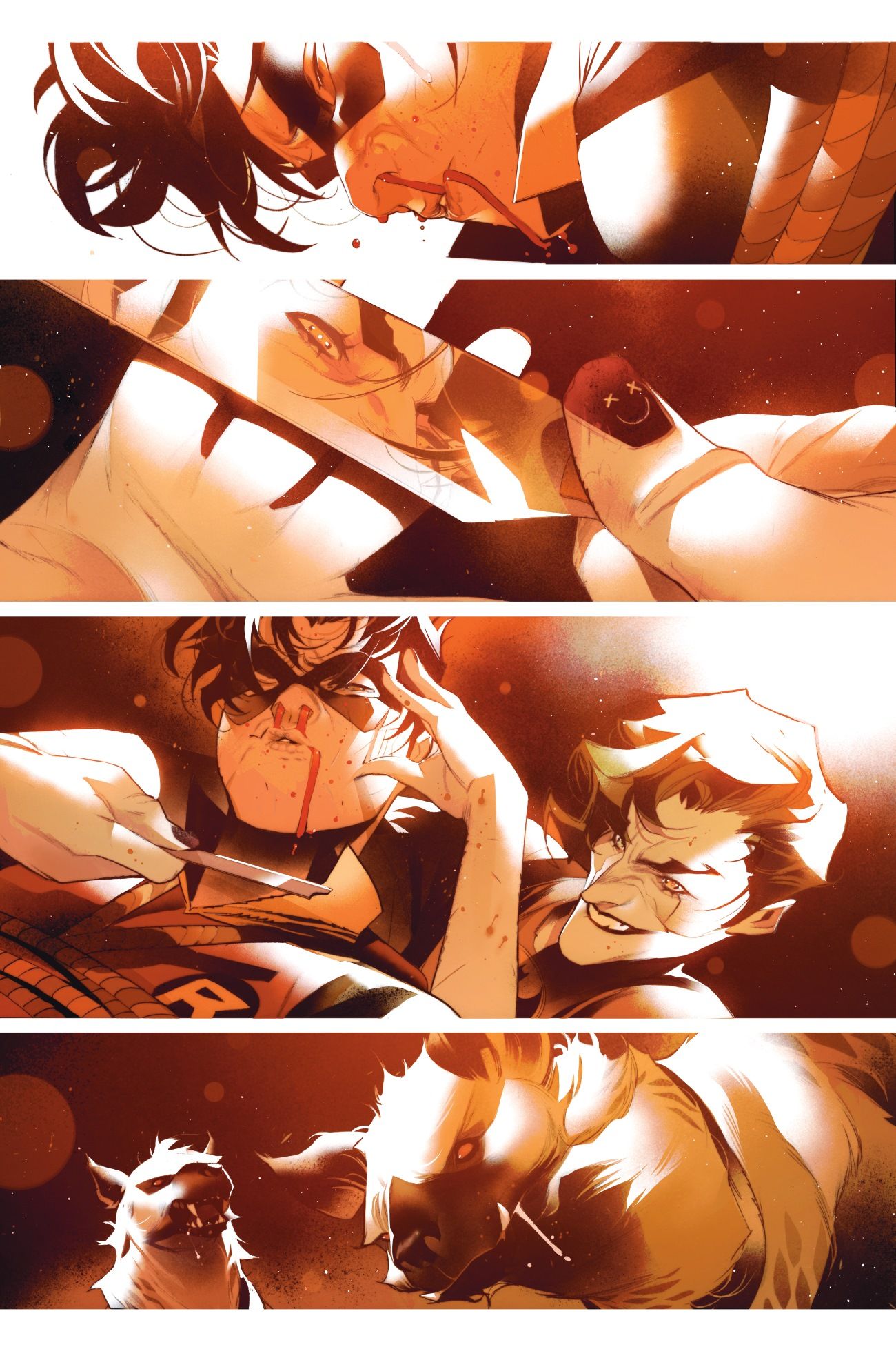
SR: One of the big things that stands out from the preview images by Simone Di Meo and colorist Dave Stewart is that Jason is always painted with a sort of 'Emo' brush, since people know where his story ultimately went. But these pages also project how this story might feel from his perspective -- as a kid who gets to become a superhero. Was that intentional? Was that why Simone has the job?
SM: I think the emo vibe is that Simone has an emo way of drawing. He's really great with close-ups, and dramatic lighting, and long hair. It's funny, like every character he draws, he really knows how to place every single strand of hair, and has a kind of androgynous way with the male characters But when he really pulls out the camera, he's really interested in long shadows, and dramatic lighting, and stuff like that. It's interesting to see him work, because he's a digital artist, and you have to build that background like you do a set in a play or a movie. Whereas I'm a traditional artist, so I just sort of draw what I need, he has to do a lot of prep work. Has Jason been emo for you, Clay?
CM: I think without the words, you flop a piece of hair in the right place over the eye, it takes a certain look. But I think the Cobra Kai analogy is the one we both kept in the back of our minds as we were doing this. Because Johnny, and that show, has such an interesting character, where he can be light and he can be funny, but there is a sadness underneath everything. Jason is the kind of character--to paraphrase a Star Trek joke, 'Jason must suffer.' I think that's the one the one constant across any version of him is he can't necessarily be happy. He's always got this dark element to his past. So finding a character like Gan, the new Robin that we introduce, who can be a foil to that and really bring him out of it. But also kind of call out his bulls*** on his whole outlook as being so dour and so negative.
SR: He was Robin!
CM: Yeah, he was Robin! She thinks that's super fun. They both kind of learn. She learns that it's not all fun and games, and he learns that maybe he's got to lighten up a little bit.
SM: When the hell in Star Trek did they say anyone must suffer?
CM: Well, that's the joke about O'Brien, is that O'Brien must suffer. Every time O'Brien is at the forefront of something, he's always being tortured, or his family's being kidnapped, or something.
SM: Oh, this is a Deep Space Nine joke. That's why I don't get it.
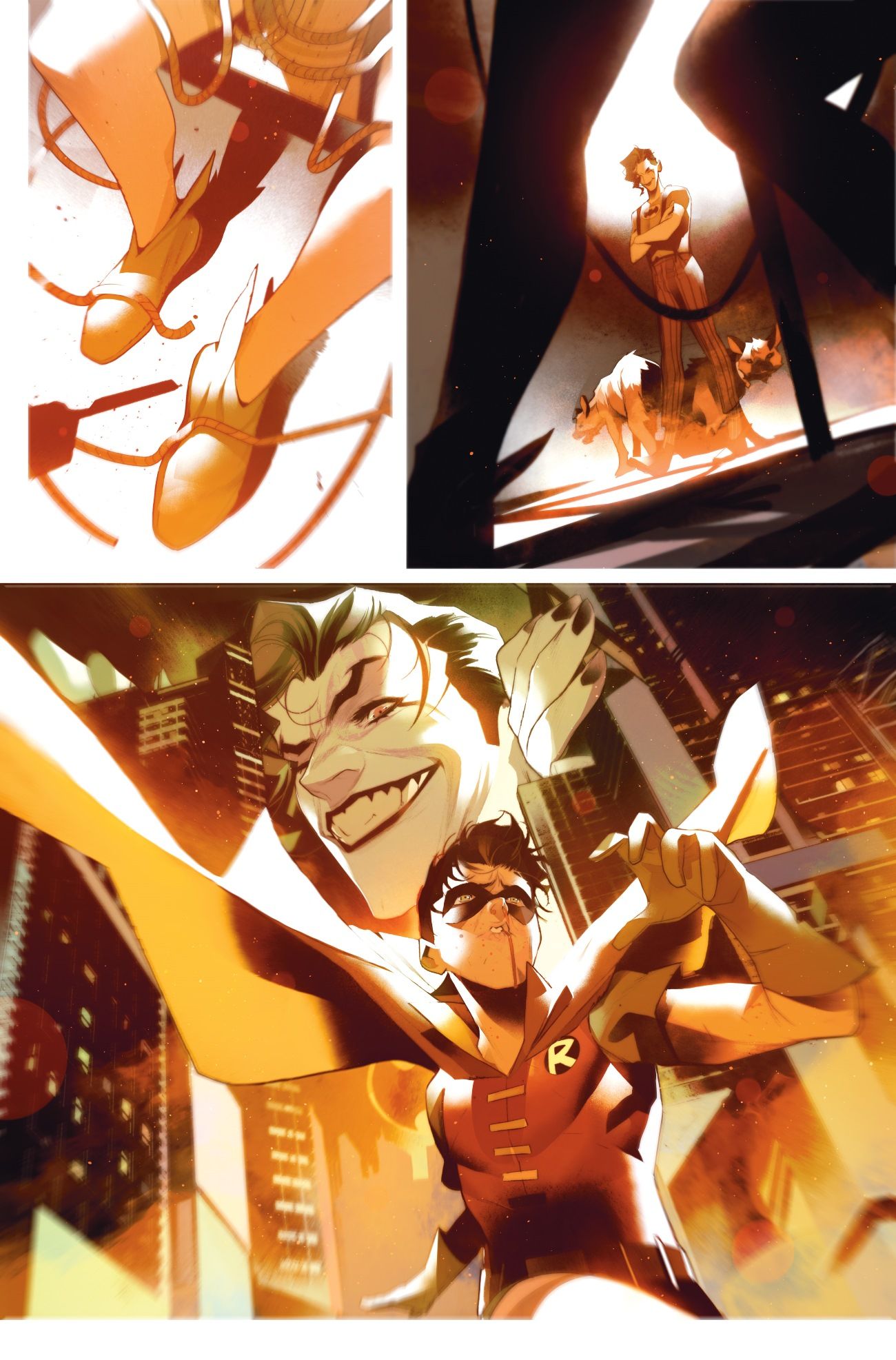
SR: How did you make the choice to have Gan be of Mongolian background? I know it didn't start that way.
SM: That's my fault. I wanted to have a girl, and I didn't want it to be a white girl. I was trying to think of different sort of races, or ethnicities that we haven't seen in DC. So I'm going through the catalog... I originally was into a Pacific Islander. We wanted to make her bigger, thicker, and part of the story was she couldn't do backflips and gymnastics, because she was just heavier. Like Serena Williams, you know? Just better working on her ground game, clotheslining people, boxing, stuff like that.
We were down with a Pacific Islander, and then I listened to this Mongolian metal band. And I texted Clay, I'm like, "Forget about that. Let's make her Mongolian." He goes, "Why?" So I sent him this band. He's like, "This band's pretty cool. Maybe we can make her costume really Mongolian--" and I'm like, "No, it's the basic Robin costume, just as long as she's not a white chick." So I don't know if there's any other Mongolian people in Gotham. This might be the first.
SR: Which band?
SM: It's a band called The HU. It's a Mongolian, guttural throat, like tribal band with metal. They do a great cover of "Sad But True." But they have their own songs of course, and I think their biggest hit was in the [Star Wars Jedi Fallen Order] video game that I haven't played. They're awesome. It was basically discovering that band.
Clay and I actually went to see them perform. And I was thinking to myself, "How cool would it be to go backstage and tell them that we work on Batman and we just created this Mongolian character based off of them." But I don't think they speak English. So that would have been really awkward. Also, they would have been like, "How did you get back here?"
It was mostly just that we needed something that wasn't white. And Pacific Islander tribal culture had the right energy, and so did Mongolian culture, for some reason. You know, sort of aggressive-looking, having Gan come from a sort of 'aggressive' culture helps build the character of it. But she could have been anything, we just didn't want her to be white.
CM: The most important thing with her we wanted a character that was something he wasn't used to, a body type he wasn't used to training. Because he's working off of what he knows about being Robin, which is backflips, moving very fast, high flying stuff. So we wanted that first step of, "Oh wait, maybe this isn't as easy as I thought it was going to be." Presenting him with with a pupil who can't do the things that he knows how to do. He has to learn a new way of teaching her that is more suited to her body type, and fighting style. It was about keeping Jason off-kilter, and surprising him.
SM: She's very much homemade, too. She grabs some kind of tunic off of her grandmother's...?
CM: Yes, I think part of her costume is a hand-me-down from her father. That's Issue #2 though, I don't want to get too deep into Issue #2 [laughs].
SM: We give her a small Mongolian bolt bow which is kind of a unique--there's so many hand-to-hand combat weapons that Batman and his family use. I haven't really seen a bow like this, so I was like, "This will be cool, we can give her a small Mongolian bow and have her arrows hanging off her hip. We could even give her a slingshot as a kind of nod to Carrie Kelly from [The Dark Knight Returns].
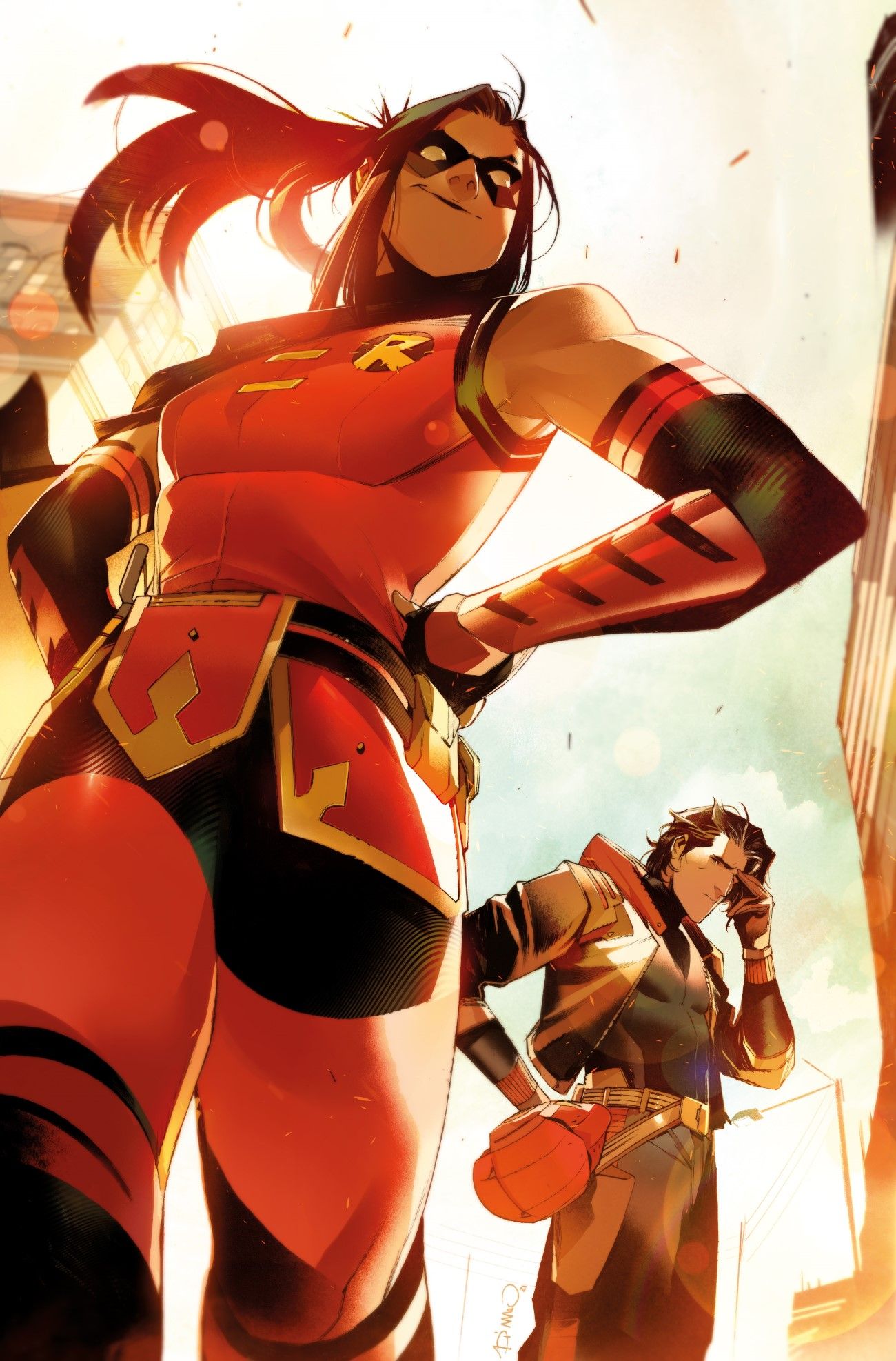
SR: So if Robin is a complement to Batman, then Jason Todd's Robin would be a pit bull... who is really happy.
CM: Yes, exactly. That's a good way to describe it.
SM: Are you available? I should hire you next time. Clay, you're fired.
SR: The HU's music is oddly similar to the theme of Batman Beyond, as well. Batman Beyond walked so The HU could run. But Shriek is not necessarily on the shortlist of most beloved Batman Beyond villains. People can listen to a much longer discussion of your thoughts on Shriek in the latest episode of your BATASS Beyond Podcast. But for Shriek coming to the White Knight world, what was the thinking on adapting the character?
SM: Originally we wanted Firefly, but Simone had already drawn Firefly. So we nixed that and we went to the Beyond villains, and somehow we settled on Shriek. Clay, what do you remember about that?
CM: Looking for a villain for this book was a little tricky, because if you pick a villain who's too big, you kind of risk the villain overshadowing the story of Jason and Gan. At one point Deathstroke had been on the table, and I was like, "Deathstroke is a big villain, that's really going to take up a lot of oxygen." So we were looking for someone who was a little bit, let's say, a B-level, who could be a legitimate threat, but maybe wasn't such a well known villain that it was going to take up all the plot space and all the stories. Having someone like Shriek be the first real villain that Gan goes up against, he's not the Joker, he's not Two-Face. But he's still in the majors. You know what I mean? He's still in the WWE.
SM: There you go. He's still much more than anything she's ever come up against. And she's not necessarily ready for that. And Jason knows that. Because he has a little bit of that in his own history.
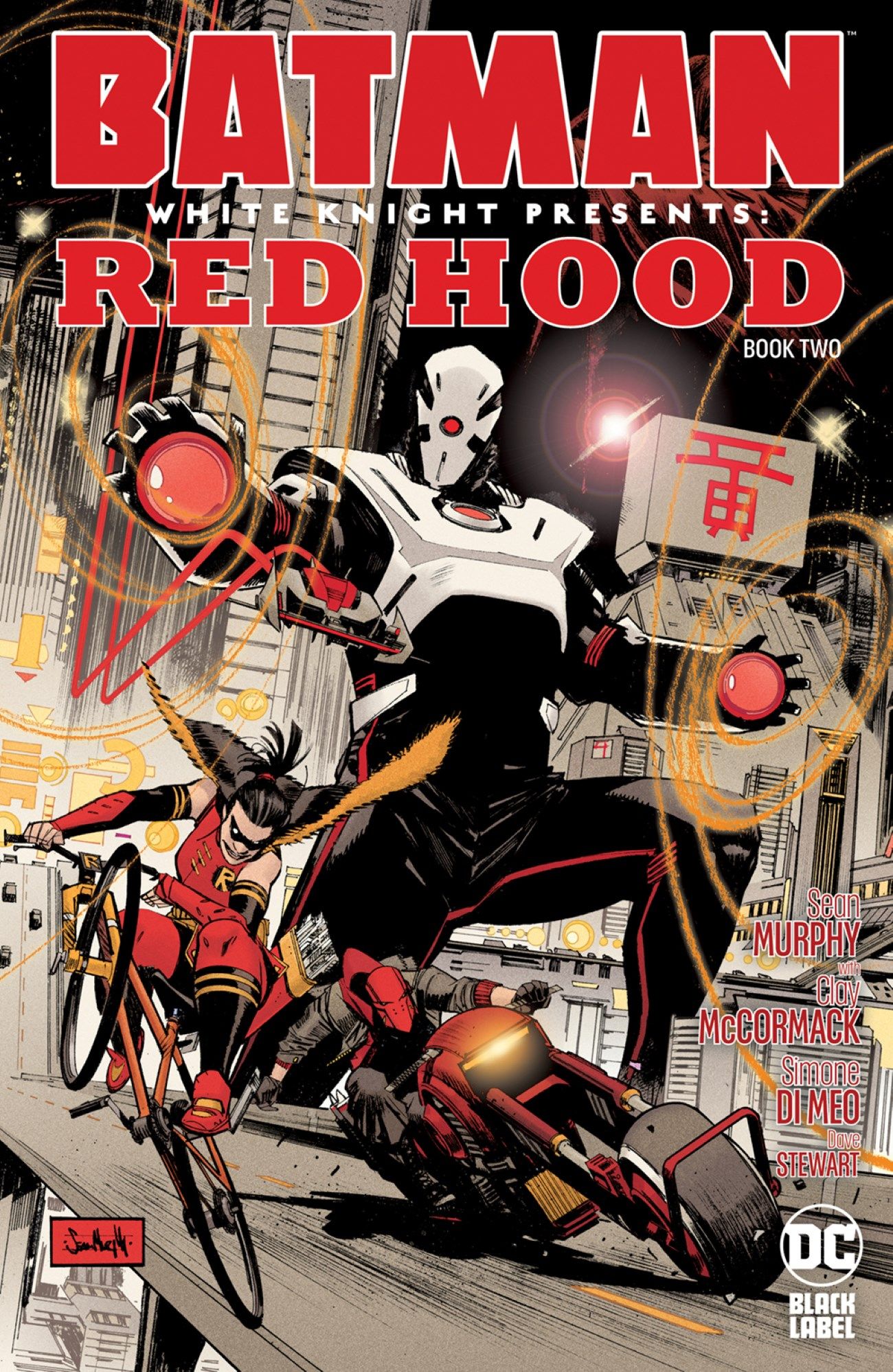
SR: Shriek has an interesting power set.
CM: Difficult for the page, yeah [laughs].
Was that a case of, 'let's not be too beholden to what was there originally?' It's a different medium, after all.
CM: Well, Simone has such a great style, and is so adept at visual special effects, and stuff like that. We thought his treatment of the soundwave weapon would be very cool, and would work on the page, which obviously doesn't have an audio element to it. But what he came up with, I think was was very cool.
SM: Yeah, he can do blur effects and stuff that I don't think traditional artists can--I couldn't do it the way he does it. So it makes sense. If you have Simone Di Meo on the art, let's give him a villain he can sink his teeth into, really handle the effects in a way that he can do that Clay and I couldn't. And then giving Shriek this hideout that was kind of like an '80s boombox was working in the Cobra Kai vibe. I don't know how much dialogue actually remained in the script at the end of the day, but that was sort of the sense, this crazy boombox, headphones, all this stuff.
CM: Yeah, he kind of ended up getting a bit of a throwback, classic villain hideout where it's just a giant speaker system.
SM: When Marty McFly blows up Doc's lab by playing the guitar, it's like that. Times ten.
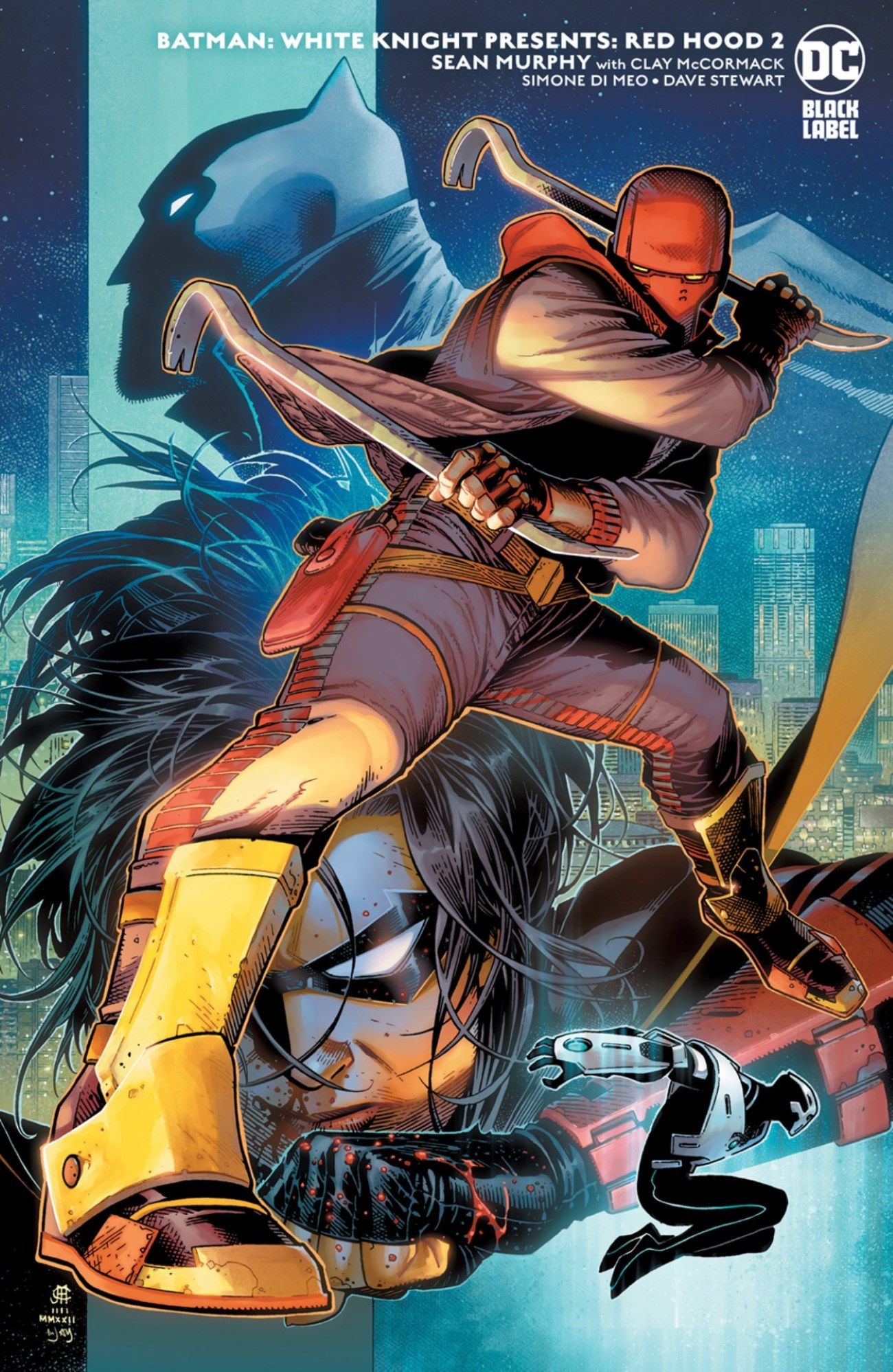
SR: What is it like designing a character with another artist whose whose style is different from your own, for entering the White Knight universe.
SM: Yeah. You know, Shriek's cool in animation because he's got these big, bear claw shoulders. It's like bendy metal. You see a lot of character designs like that, where you don't really ask a lot of questions. It's just the animated Bruce Timm style, so bendy metal. Simone actually did the redesign, and he came up with a way where he could bend his arms and it makes more sense. It looks so close to the original but it has the Simone Di Meo tweaks to it. I was really happy with what he did.
CM: His design for Shriek's alter ego, Walter Shreeve, is very cool. He gave him an awesome white leather jacket that kind of mimics the design of the of the armor. It's very, very cool.
SM: He almost had long hair, but that would have been another emo character with hair falling in just the right place. But we were like, "No, no, no. Simone, enough is enough. This guy's got to have short hair.
SR: Thank you both for talking about this miniseries, and now I know everyone should be reading this just imagining The HU's throat singing behind all of Gan's fights.
CM: It couldn't hurt. Actually, you know what you should do? Any time Shriek uses his weapon, just imagine that's what it sounds like.
SM: Oh yeah! That's good. I like that.
Batman: White Knight Presents: Red Hood #1 will be available at local comic shops on July 26th.
from ScreenRant - Feed https://ift.tt/ADLwS39
